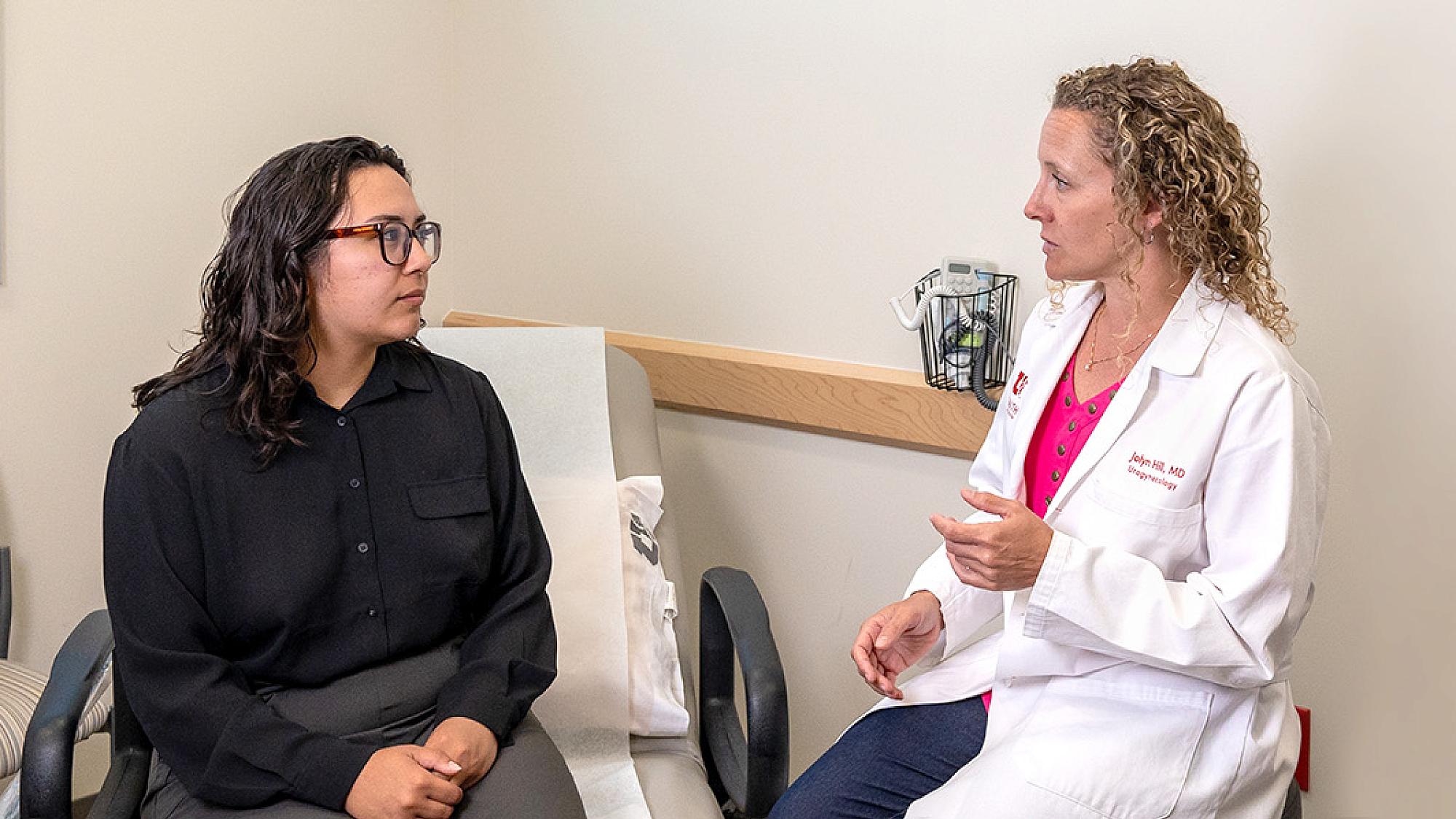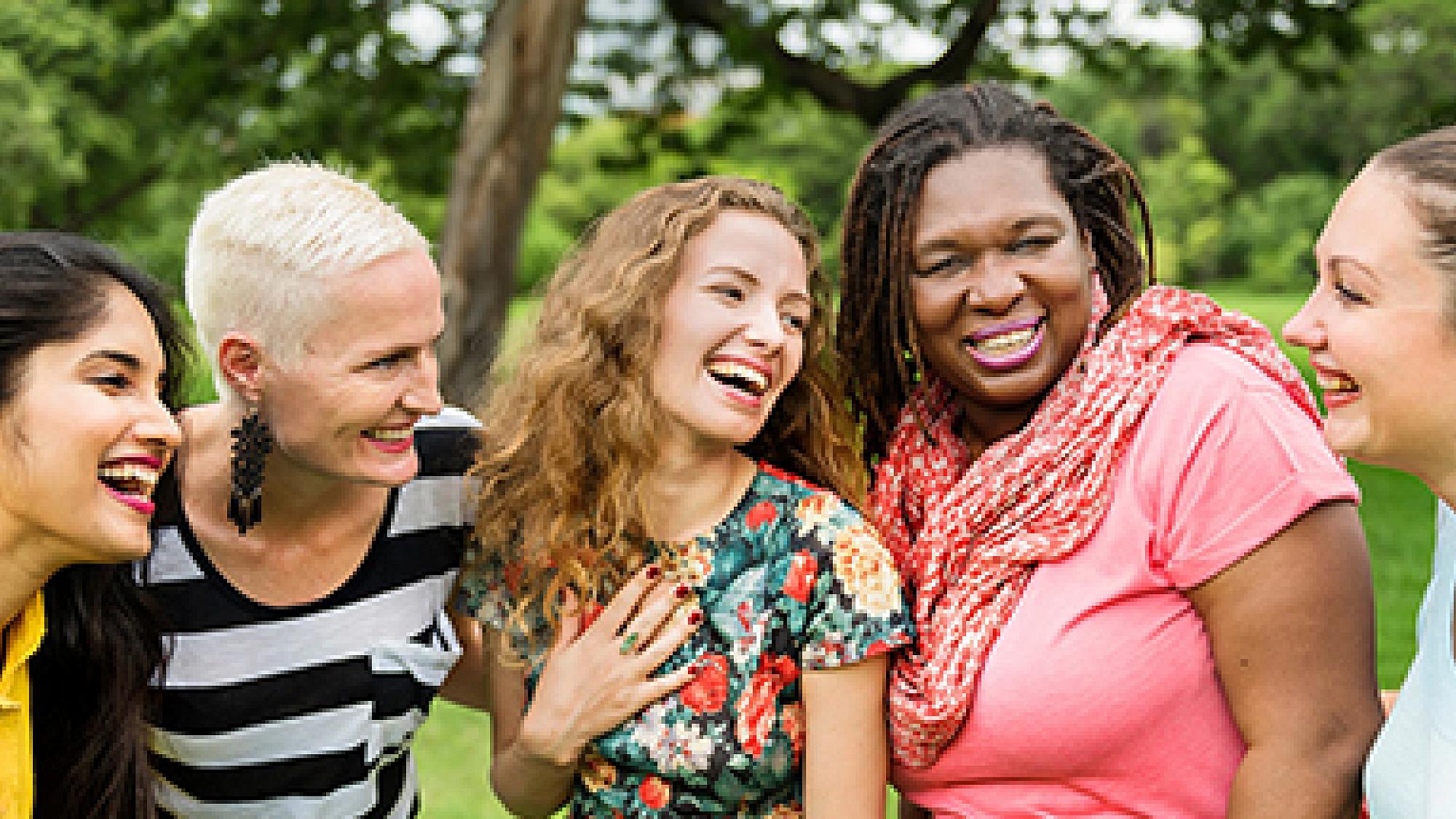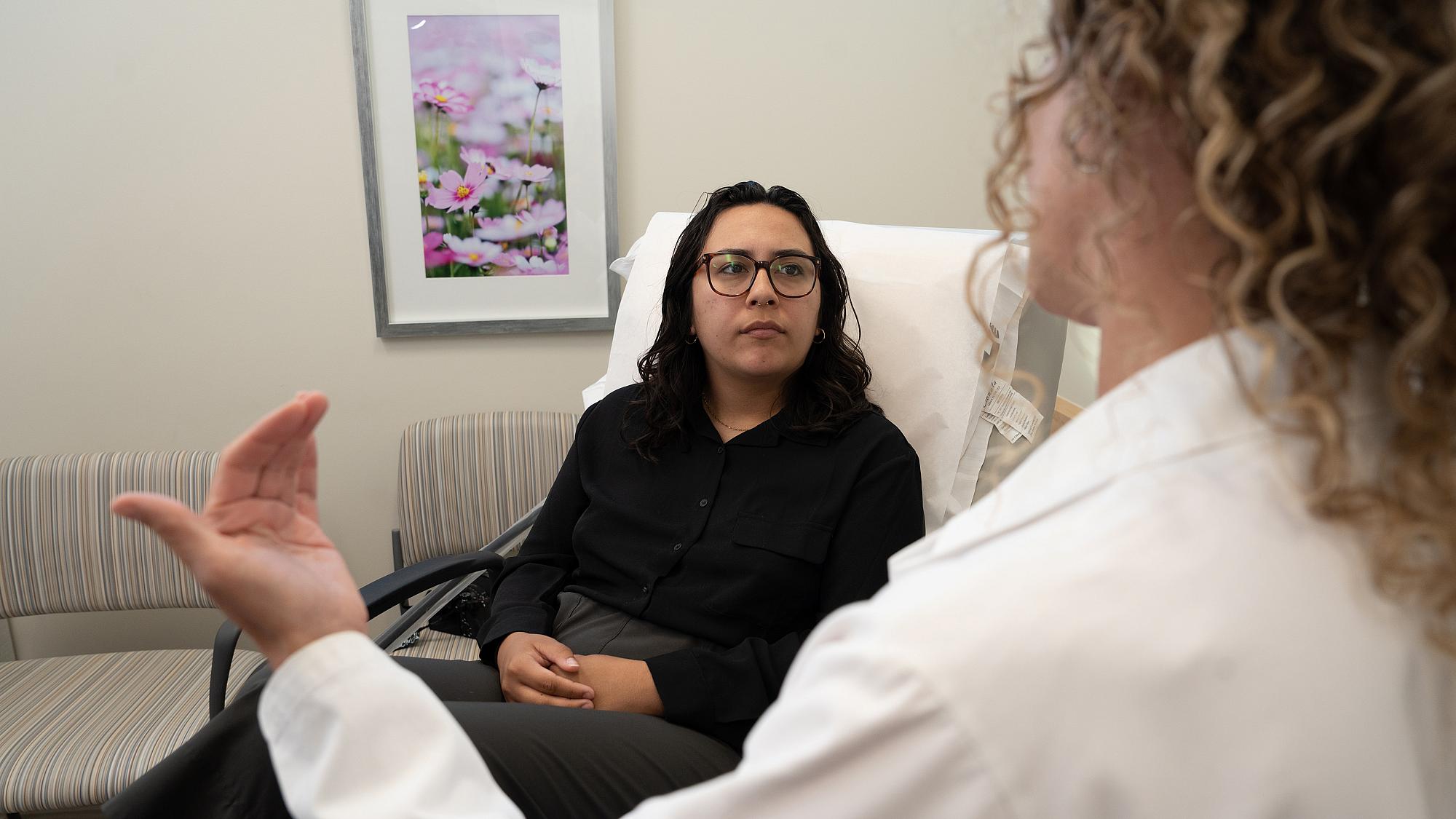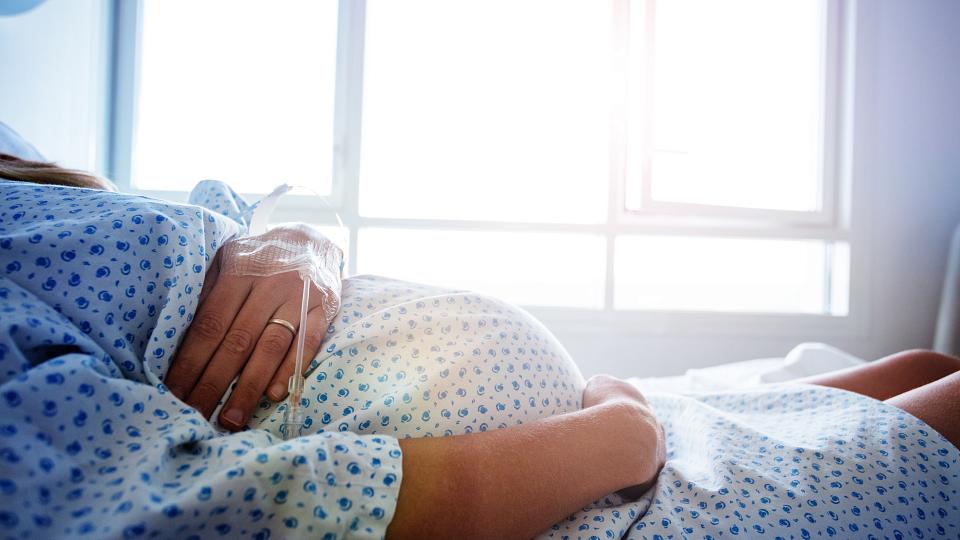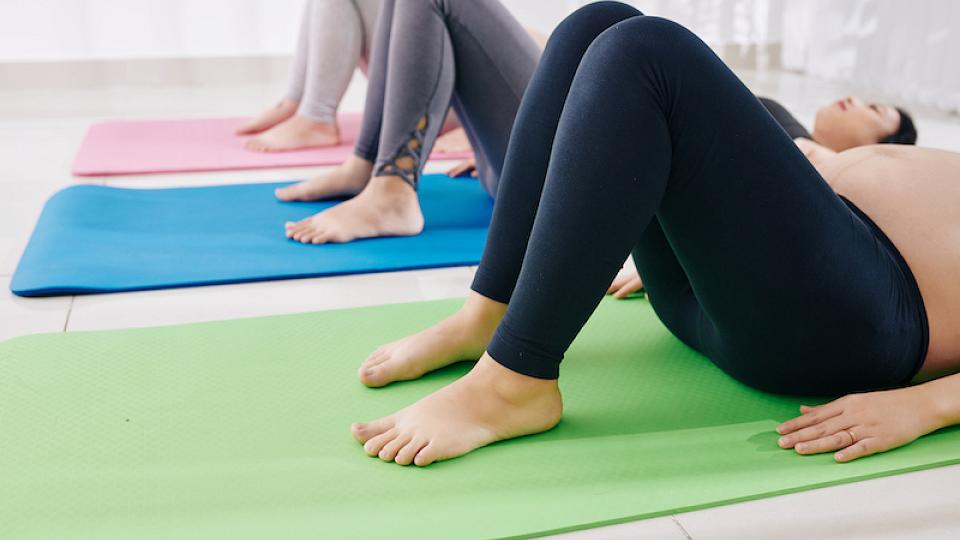Urinary Incontinence
If you pee a lot or can’t control when you pee, you may have urinary incontinence. And if you’re like most women, you may assume that urinary problems are a normal part of life—especially as you get older.
But they don’t have to be.
In fact, 80 to 90 percent of women who get treatment for incontinence don’t urinate as often. They also have fewer bathroom accidents.
If your overactive bladder is getting in the way of your life, it can be helpful to know that there are different types of incontinence. There are two main types of incontinence:
- Urge incontinence
- Stress incontinence
Understanding the differences between stress incontinence and urge incontinence can help you find treatments that work for you.
What Is Urinary Incontinence?
How Do I Know If I Have Incontinence?
The biggest tip-off that you have incontinence is if you can’t always control when you pee.
But you may also have incontinence if you have the following symptoms:
- You need to pee a lot (more than eight times a day).
- You wake up at night because you have to pee.
- You feel like you need to pee badly and that feeling comes on quickly and strongly (called urge incontinence).
- You accidentally pee when you laugh, cough, or exercise (called stress incontinence).
Lots of women have some kind of urinary incontinence. In fact, one in eight women can’t always control when they pee (also called leaking urine or leakage).
Many women can’t control when they urinate after they give birth. But most new moms shrug these accidents off as normal. However, urinary incontinence is even one of the most common postpartum (after childbirth) pelvic floor complications.
Even though bathroom accidents are common, that doesn’t mean you can’t get treatment.
What Causes Overactive Bladder?
When your bladder is full, your bladder muscles move or contract. This movement in your muscles helps you push urine out of your body so you can urinate.
If you have incontinence, this means you can’t always control when your bladder muscles move.
When you have overactive bladder, your bladder muscles contract before your bladder is actually full. These muscle contractions cause you to accidentally pee even though your bladder isn’t completely full and doesn’t need to empty itself yet.
What Conditions Cause Overactive Bladder?
Many medical conditions can cause an overactive bladder:
- Infections, including UTIs
- Diabetes
- Pelvic prolapse
- Conditions that affect your nervous system like stroke, Parkinson’s disease, and MS
Even though medical conditions can cause overactive bladder, it’s important to remember that you can still have incontinence even if you’re perfectly healthy.
There are many risk factors that increase your chances of having urinary incontinence:
- You’re overweight
- You’re over age 60
- You’ve been pregnant multiple times
- Your family members have had urinary incontinence (genetics)
Is Overactive Bladder the Same as Incontinence?
Overactive bladder (also called OAB) is another name for urge incontinence. There are two major signs of urge incontinence:
- You need to pee often.
- The urge to pee often is strong and comes on quickly.
Stress incontinence is different. It happens when your bladder has pressure on it during the following instances:
- You cough
- You laugh
- You sneeze
- You lift something that’s heavy
Because your bladder has pressure on it, urine leaks out of your bladder without your control.
Your chances of getting stress incontinence increase if any of the following criteria applies to you:
- You’re pregnant
- You’ve had a baby
- You’re going through menopause
Home Treatments & Lifestyle Changes for Overactive Bladder
There are several things you can try at home to have more control over when you go to the bathroom:
- Limit your caffeine intake. Caffeine can cause the muscles in your bladder to contract. This can make you feel like you have to pee more often.
- Avoid spicy & citrusy foods.
- Lose weight because extra weight puts pressure on your bladder. In fact, obesity can affect how the muscles and nerves inside your genital tract work. If you lose 5%–10% of your body weight, you can cut the number of bathroom accidents in half.
- Stop smoking. Women who smoke are twice as likely to have pelvic problems.
- Practice pelvic exercises like Kegels. If aren’t noticing much improvement after doing Kegels at home, a pelvic floor physical therapist can teach you how to do Kegels properly (along with other exercises).
What If Diet & Exercise Don’t Work?
If home treatments don’t work, it may be a good idea to see a urogynecologist. Urogynecologists are doctors who specialize in treating conditions that affect the bladder and other organs in your pelvis, including your vagina, cervix, and uterus.
A urogynecologist can recommend other treatments like physical therapy or devices you can put inside your vagina (like a pessary).
Treatments for Urge Incontinence
Popular treatments for urge incontinence include the following:
- Pelvic floor physical therapy (Kegels)
- Biofeedback, nerve stimulation, or Botox injections
- Pelvic pessaries or other devices you insert into your vagina
Bladder Retraining
Another major treatment for urge incontinence involves “retraining” your bladder to pee during certain times of the day.
In the beginning of this type of treatment, you’ll want to empty your bladder often enough that you don’t have accidents. Over time, you can slowly increase the amount of time you wait between your trips to the bathroom.
The goal of this treatment is to retrain your bladder so you don’t have to pee more than every two and a half to three hours.
A doctor can help you set up a record of how often you pee (called a bladder diary). A doctor can also help you decide when and how often you should aim to go pee.
Treatments for Stress Incontinence
If you have stress incontinence, treatments will focus on getting pressure off your bladder so you don’t leak urine when you sneeze, laugh, or work out.
Like urge incontinence, treatments can include pelvic floor physical therapy or diet and lifestyle changes. But treatment can also include urethral inserts.
When to See a Doctor
If you’ve changed your diet or other lifestyle habits but still can’t control when you urinate, you may benefit from seeing a doctor.
It’s an especially good idea to see a doctor if the following situations apply to you:
- You avoid going out in public because you’re afraid you’ll have an accident.
- You don’t spend time with family or friends because you’re worried you smell like urine or can’t control when you pee.
- You’re worried or embarrassed about how often you urinate.
You can schedule an appointment with a urogynecologist or call 801-213-2995.
Resources for Our Patients
When Should You See a Urogynecologist?
Do you have trouble with an overactive bladder, feel pressure in your pelvis, or feel like your vagina, bladder, uterus, or rectum has dropped, causing a bulge or pressure? You do not have to suffer through these symptoms. They are treatable.
5 for Life Screenings
A big part of staying healthy is detecting diseases early. We make it easy for you to get lifesaving tests for heart disease, breast cancer, cervical cancer, skin cancer, and colon cancer in one convenient visit.
Postpartum and Pelvic Floor Complications
As a mother-to-be or a new mom, there’s a lot you are juggling – life with a new baby, lack of sleep, breastfeeding, and adapting to other changes to your body. Our new clinic for postpartum (after childbirth) pelvic floor problems at University of Utah Health is specifically designed to address pelvic floor issues that may occur before or after childbirth.
Hear From Our Specialists
Overactive Bladder in Women: Symptoms, Treatments, and How to Take Back Control
If frequent bathroom trips disrupt your life, you are not alone. Women's health expert Kirtly Jones, MD, talks to urogynecologist Whitney Hendrickson, MD...


